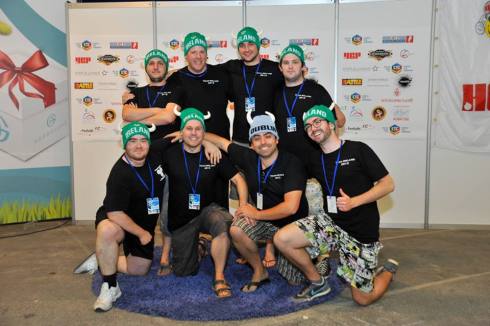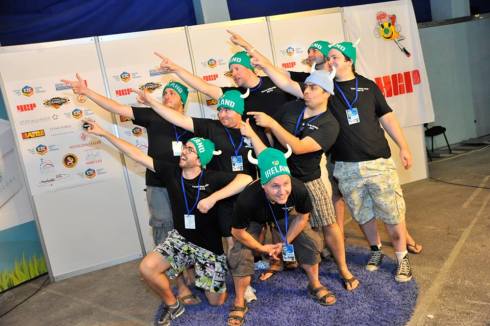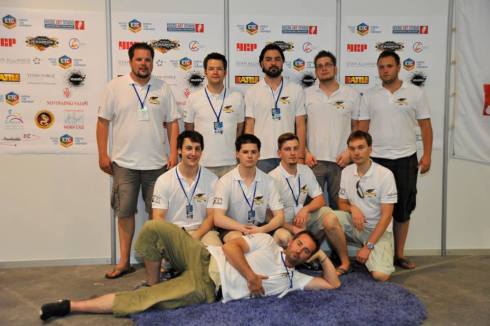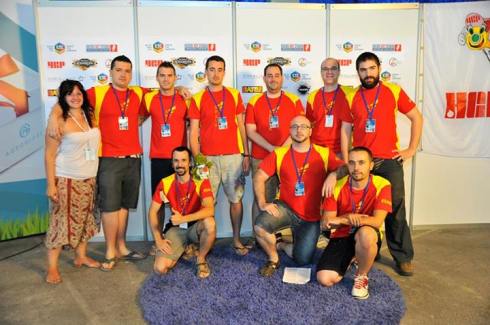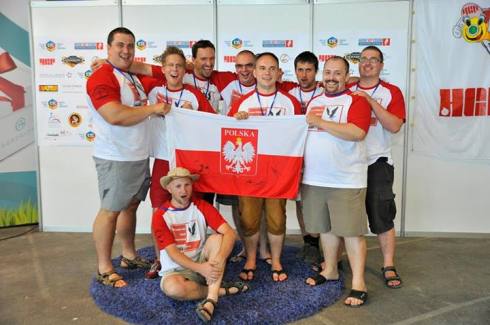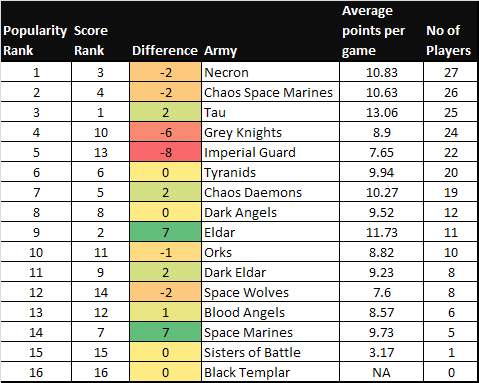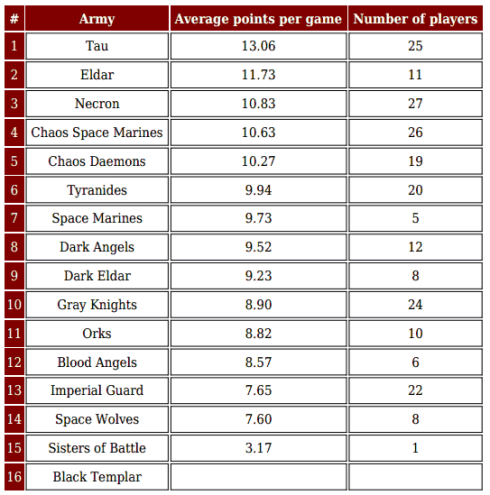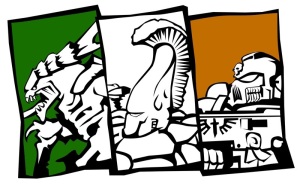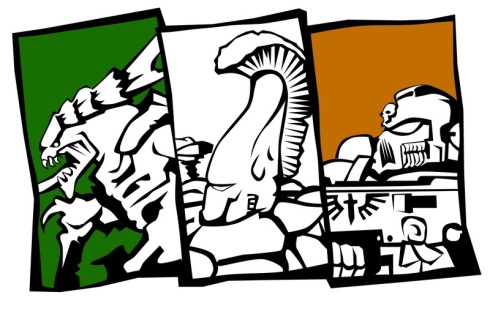@WarHamSandwich If you were in charge of a codex revamp what would you like to see added/changed?
So like a stereotypical internet Troll I’ve been grumbling about the latest leaked information for Chaos Marines. But the good folks at BOLS responded not by arguing, but by asking what would I do if it was up to me.
First off, I’d want to see a coherent concept that drives the CSM rules and makes them different to other armies, particularly loyalist marines. Right now it’s just an ad hoc grab bag of rules that sound kind of ‘chaosy’. What would I do? Build it all around three concepts to make Chaos Marines themselves the must take unit:
- Chaos true power is corruption of its enemies. The dark powers didn’t fight humanity’s greatest defenders head on – they turned half of them traitor first
- Chaos has strong leaders at all levels looking to elevate their status however they can
- Chaos has selfish grunts who know the key to winning the ‘Long War’ is to not die
So how about some rules that get these ideas across, and also give something distinctive? Let’s start with 1: Corruption. A recurring theme of chaos armies should be the corruption of the enemy through betrayal and weakening. The new shroud of deceit power does betrayal well via shooting, and the old lash of submission power did similar for movement. We need to see more of this betrayal concept of using your opponent against themselves, not just isolated in a single ability. As regards weakening, penalties to opponents that are flavoured to your warlord’s chaos mark would be great (as this also feeds into 2: strong leaders) e.g. maybe a Khorne warlord would add 1 to your opponents warp charge required to cast psychics (while he lives!) when within 24″ of Khorne Marines maybe a Nurgle version would be negating FNP when within range of Nurgle Marines. You could come up with similar for non aligned legions (Iron Warriors, Alpha Legion etc).
Besides the warlord, what else could we do with Strong Leaders? Well I like the idea of mandatory champions leading squads, and I don’t mind the implied hubris that challenges are mandatory. But a better risk reward model for challenges would be getting a boon roll when challenges are issued or accepted, and getting to pick one when you win (except spawn/daemon result). I’d also suggest that a champion led squad is fearless or Ld10 stubborn while the champ lives, but that basic marines themselves are say fickle Ld7.
Ld7 without a leader would fit the selfish (I’m outta here!) concept, but it’s not fluffy that masters of long term guerilla warfare would get wiped easily by being swept/overrun. So as a twist on ‘they shall know no fear’, CSM that fail their Ld7 in combat don’t get wiped they make a ‘tactical withdrawal’ (like when Horus died) and just fall back normally. On a more basic level I always felt that CSMs veteran status (and focus on survival) should be recognised in better survivability, like higher T or FNP or some other mechanic.
Outside of all this of course I want to see fluffy legion specific stuff – my own army is Alpha Legion and there’s no end of cool and unique ideas to bring them to life. Similarly for the others. It could really be great if they tried.
